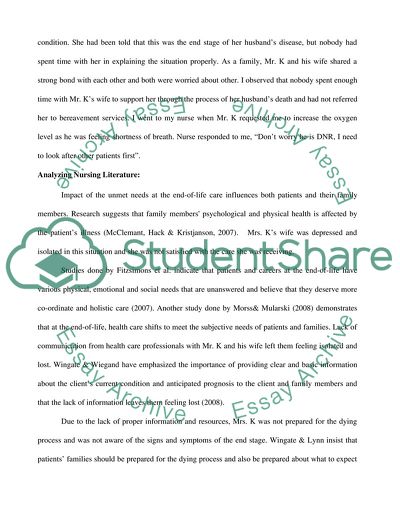Cite this document
(“End-of-Life Care Essay Example | Topics and Well Written Essays - 1500 words”, n.d.)
Retrieved from https://studentshare.org/health-sciences-medicine/1572019-end-of-life-care-editing
Retrieved from https://studentshare.org/health-sciences-medicine/1572019-end-of-life-care-editing
(End-of-Life Care Essay Example | Topics and Well Written Essays - 1500 Words)
https://studentshare.org/health-sciences-medicine/1572019-end-of-life-care-editing.
https://studentshare.org/health-sciences-medicine/1572019-end-of-life-care-editing.
“End-of-Life Care Essay Example | Topics and Well Written Essays - 1500 Words”, n.d. https://studentshare.org/health-sciences-medicine/1572019-end-of-life-care-editing.


